PUBLISHED: June 2025 by Christina Lee, Conservation Technician
Wetlands are one of the most important habitats in the Houston area. They help slow down stormwater, filter pollutants in the water, and draw water down into the soil. Along Sims Bayou, a wet meadow naturally occurred near Erie Street. It retained water during rain events and wetland plants populated the area. However, it was not managed, and more aggressive native shrubs and invasive grasses began to out-compete the wetland plants until very few remained.
Restore America’s Estuaries, in close coordination with and financial support from the U.S. Environmental Protection Agency (EPA), administers the National Estuaries Program (NEP) Watersheds Grants. Through this program, Houston Parks Board was able to restore the area to the wet meadow it once was.

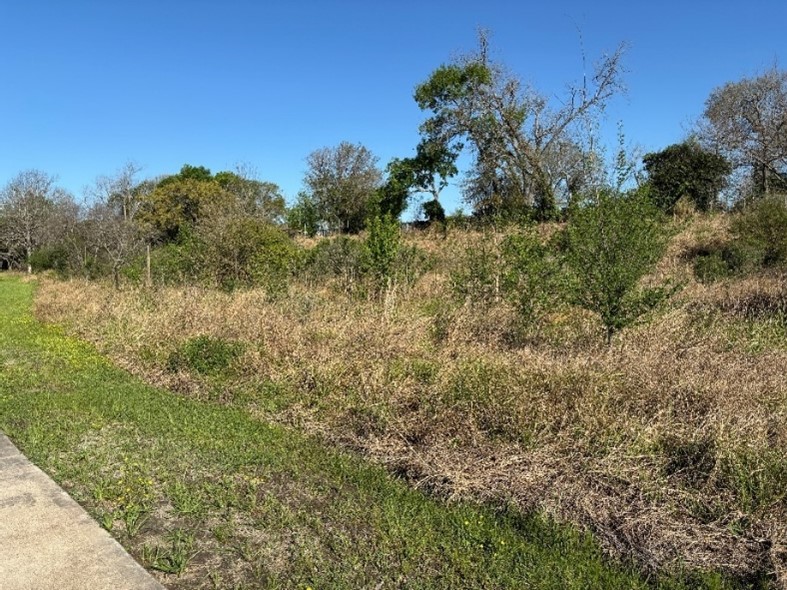
With the help of a crew from American Youthworks, the aggressive shrubs and invasive grasses were removed.
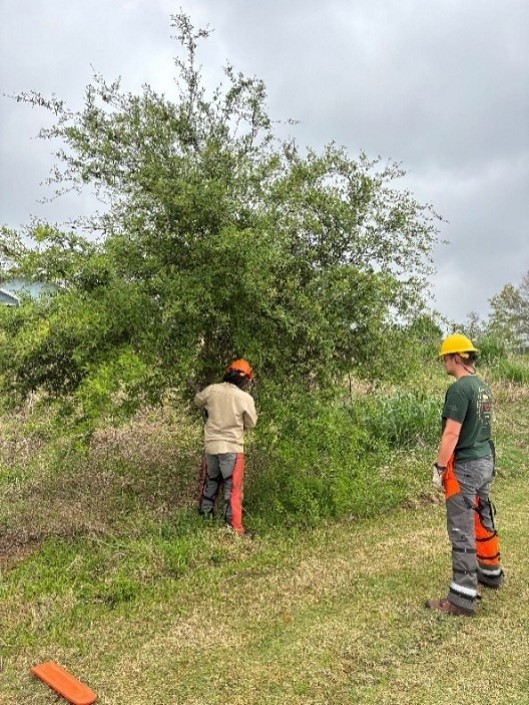
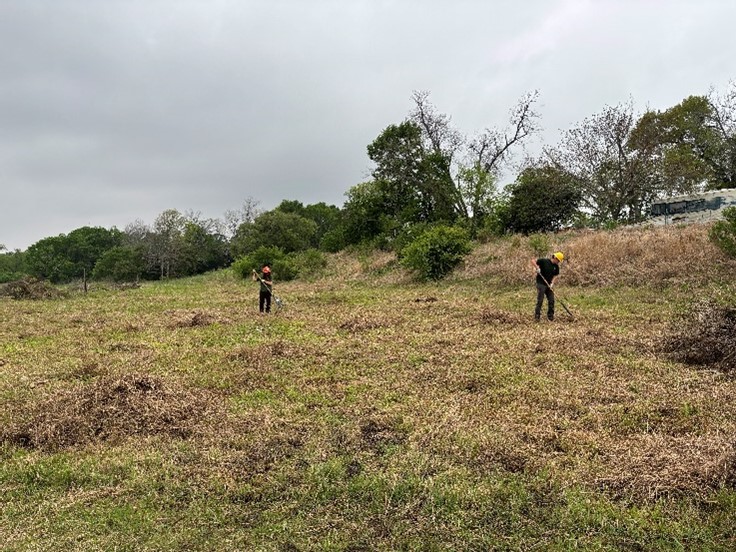
The area was shaped with machinery to hold more water further away from the trail. Then good soil was brought in to the help the plants get established once they were planted

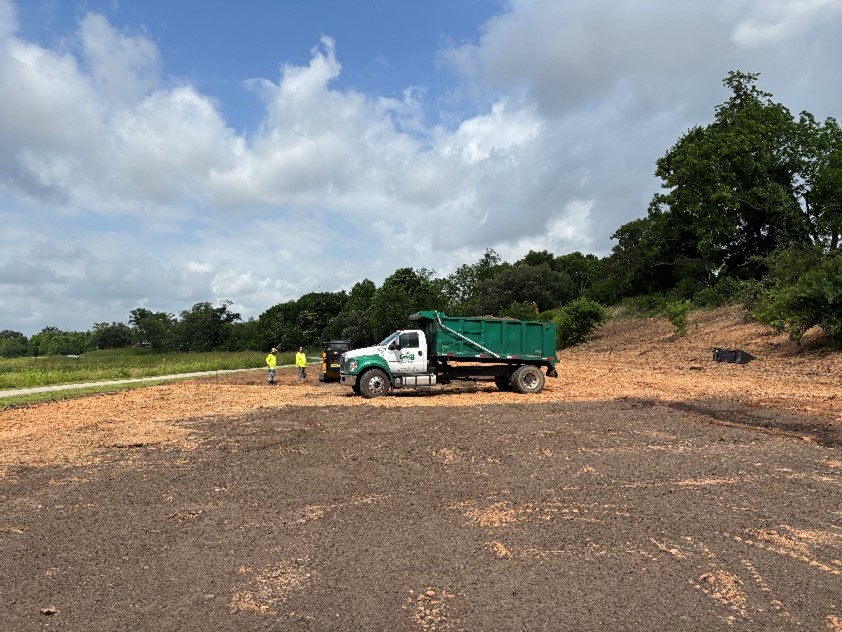
On May 3, 2025, with the help of 43 volunteers, we planted 1,058 native wetland plants in the restored wet meadow at Erie Street. Together, we planted over 25 different species of native wetland plants!
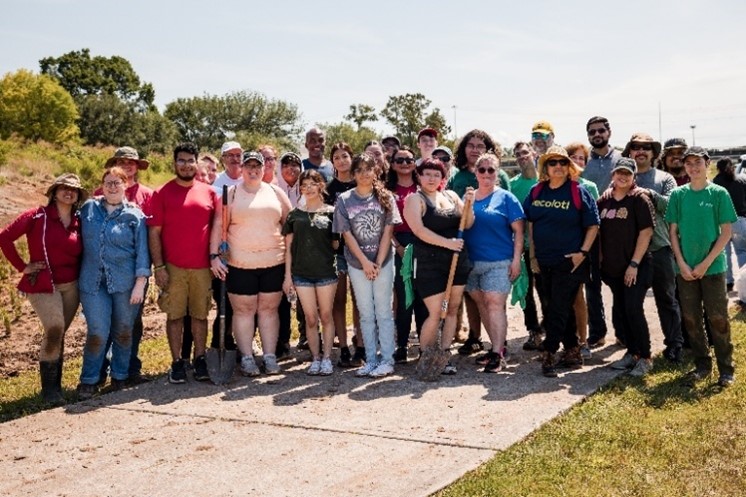
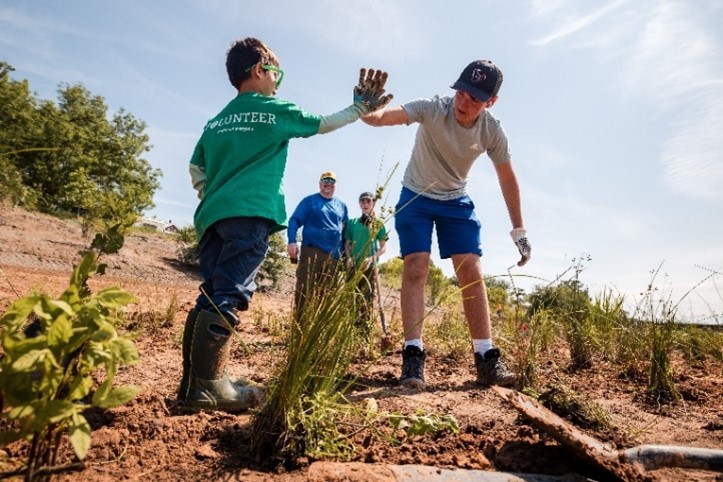
Here are a few of the wetland plants that can be found at the newly restored Erie Street wet meadow (all pictures and descriptions are from the Green Star Wetland Plant Farm website at greenstarwetlands.com):
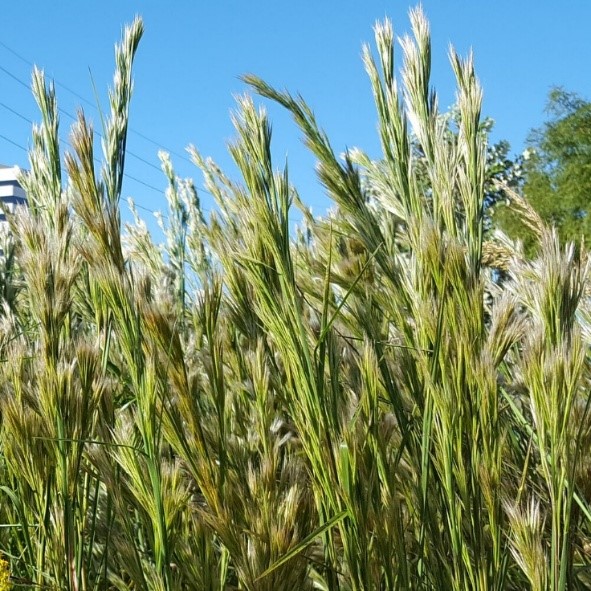
Bushy bluestem (Andropogon glomeratus)
An adaptable clumping grass for wet prairies, swales, rain gardens and pond margins, Bushy bluestem looks great either massed for effect or planted singly. The fluffy seedheads in the fall catch the light beautifully. Nutria seem to dislike the foliage.

Whitetop sedge (Rhynchospora colorata)
This short 12” sedge announces itself in mid-spring with masses of white inflorescences. The actual flower is an insignificant cluster at the center of the eye-catching star-shaped bracts. It will re-bloom in wet meadows and ditches all summer if it is occasionally mowed.

Shoreline sedge (Cyperus hyalinolepis)
Sedges don’t get the spotlight like, say, iris and water lilies, but they are often the backbone of the wetland plant community. Here’s shoreline sedge, a 2′-3′ tall blue-green freshwater plant which can colonize thickly and quickly to prevent erosion and shade out invasive seedlings. Also, it’s one of just a few wetland species that are evergreen in our region.
Stop by Erie Street to see this growing wet meadow the next time you are walking, biking, or strolling along the Sims Bayou Greenway!
